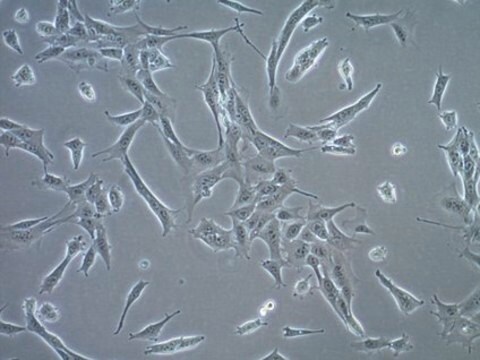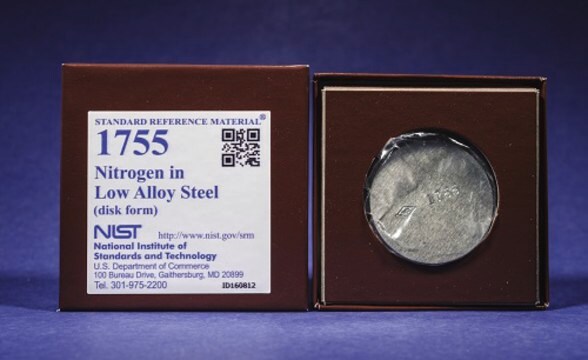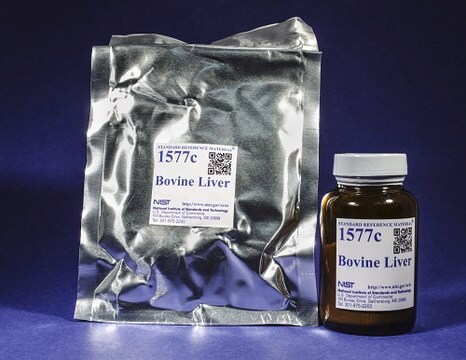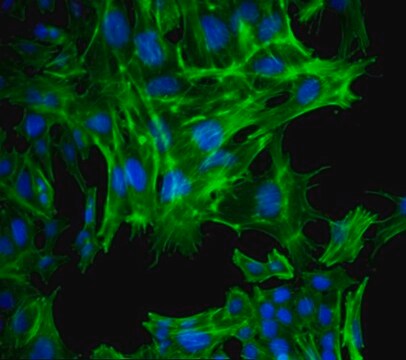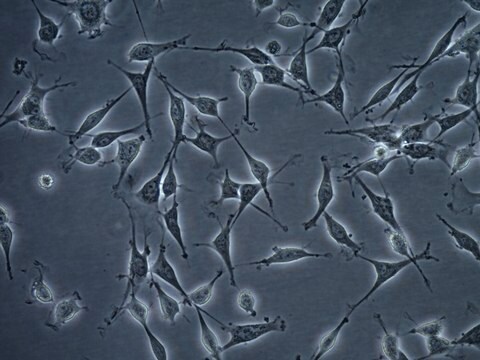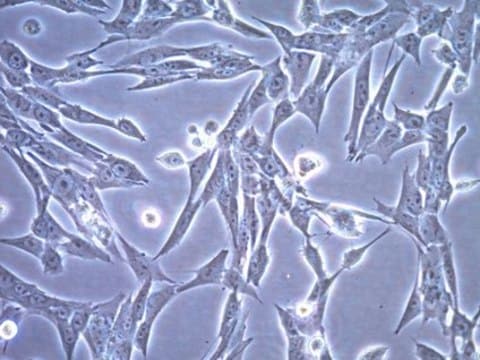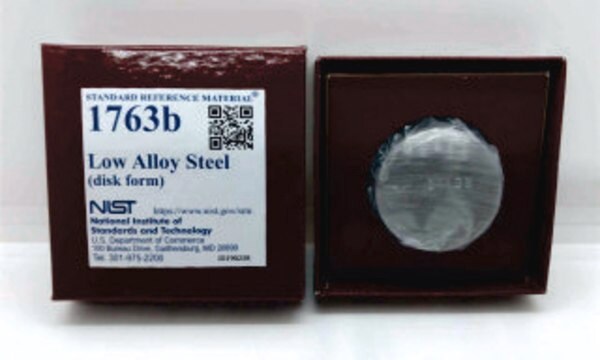SCC416
Py2T Mouse Mammary Tumor Cell Line
Synonim(y):
Py2T cell line;Mouse mammary tumor cell line;Py2T Murine breast cancer cells
About This Item
Polecane produkty
pochodzenie biologiczne
mouse
Poziom jakości
opakowanie
vial of ≥1X10⁶ cells
producent / nazwa handlowa
Millipore
tryb wzrostu
N/A
opis
(≥1x106 viable Py2T Mouse Mammary Tumor Cells: (Catalog No. SCC416). Store in liquid nitrogen. )
metody
cell based assay: suitable
cell culture | mammalian: suitable
Warunki transportu
liquid nitrogen
temp. przechowywania
−196°C
Zastosowanie
- Each vial contains > 1X106 viable cells.
- Cells are tested negative for infectious diseases by a Mouse Essential CLEAR Panel by Charles River Animal Diagnostic Services.
- Cells are verified to be of mouse origin and negative for interspecies contamination from human, rat, Chinese hamster, Golden Syrian hamster, and nonhuman primate (NHP) as assessed by a Contamination Clear panel by Charles River Animal Diagnostic Services
- Cells are negative for mycoplasma contamination.
These cells have a uniform cobblestone-like morphology, typical of differentiated epithelial cells, and express estrogen receptor (ER), and both basal (CK14) and luminal (CK8/18) markers. When these cells are implanted orthotopically in syngeneic FVB/N mice, they form non-metastatic invasive tumors with low or absent E-cadherin.
Epithelial-mesenchymal transition (EMT) is a process involved in the initiation of the invasion-metastasis cascade of cancer cells. 90% of breast cancer-related deaths are ascribed to systemic dissemination of cancer cells leading to their metastatic outgrowth in distant organs.
Source
The Py2T cell line was derived from a mammary tumor of a MMTV-PyMT transgenic mouse.
References
1.PLoS One 2012; 7(11):e48651. PMID: 23144919.
2.Oncogene 2015; 34(32):4190-4198. PMID: 25362852.
3.Sci Rep 2018; 8(1):12123. PMID: 30108334.
4.Ayse NK. University of Basel 2017; Dissertation. https://edoc.unibas.ch/59030/1/Ph.D.%20Dissertation.pdf
Cechy i korzyści
Przechowywanie i stabilność
Inne uwagi
Oświadczenie o zrzeczeniu się odpowiedzialności
Kod klasy składowania
10 - Combustible liquids
Klasa zagrożenia wodnego (WGK)
WGK 3
Certyfikaty analizy (CoA)
Poszukaj Certyfikaty analizy (CoA), wpisując numer partii/serii produktów. Numery serii i partii można znaleźć na etykiecie produktu po słowach „seria” lub „partia”.
Masz już ten produkt?
Dokumenty związane z niedawno zakupionymi produktami zostały zamieszczone w Bibliotece dokumentów.
Nasz zespół naukowców ma doświadczenie we wszystkich obszarach badań, w tym w naukach przyrodniczych, materiałoznawstwie, syntezie chemicznej, chromatografii, analityce i wielu innych dziedzinach.
Skontaktuj się z zespołem ds. pomocy technicznej